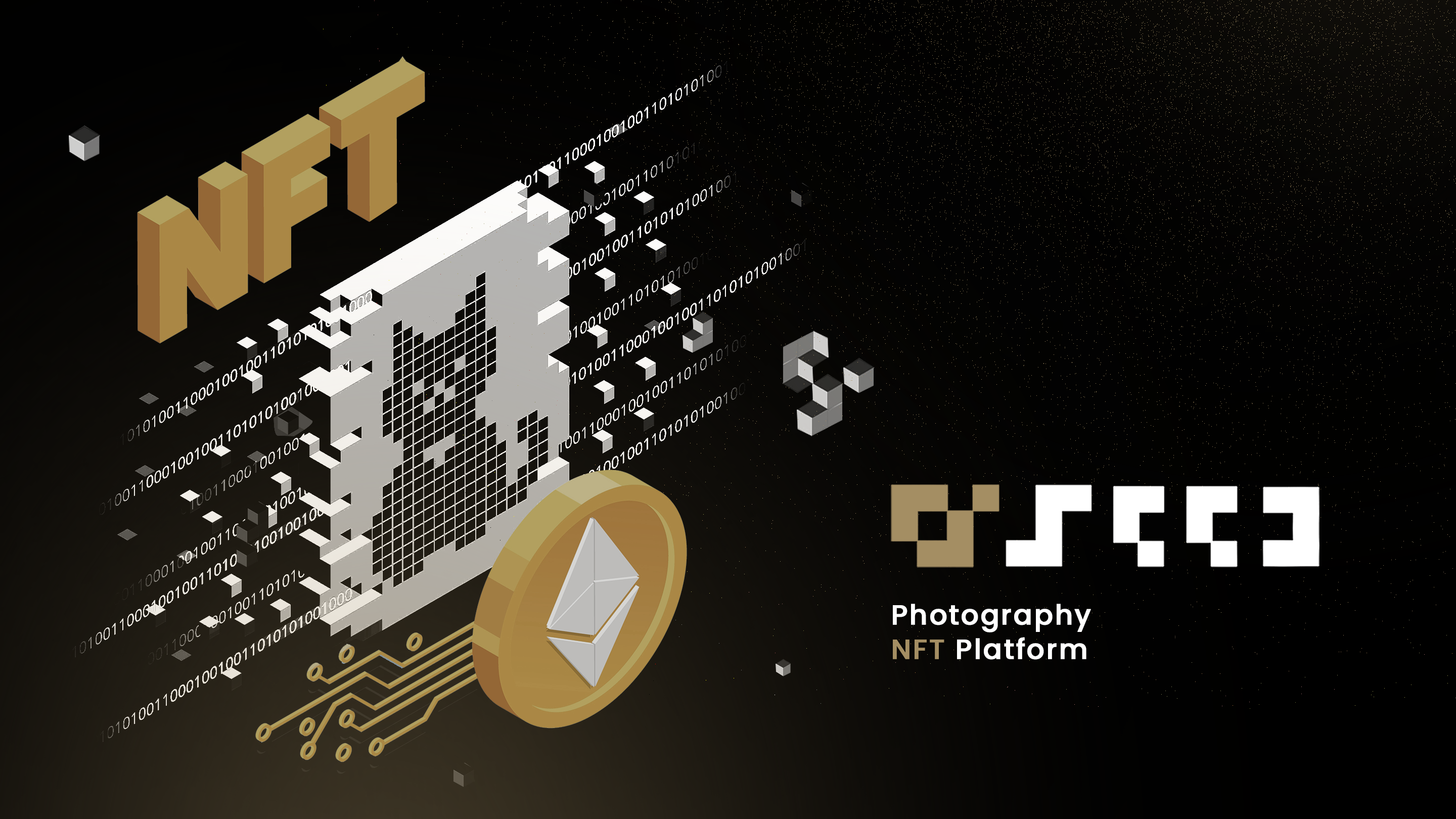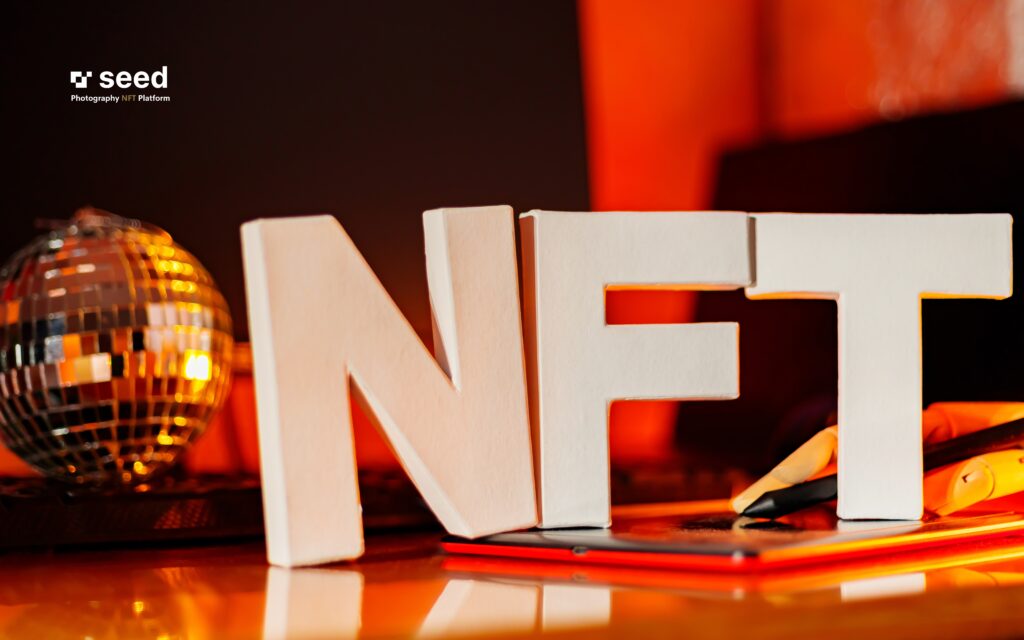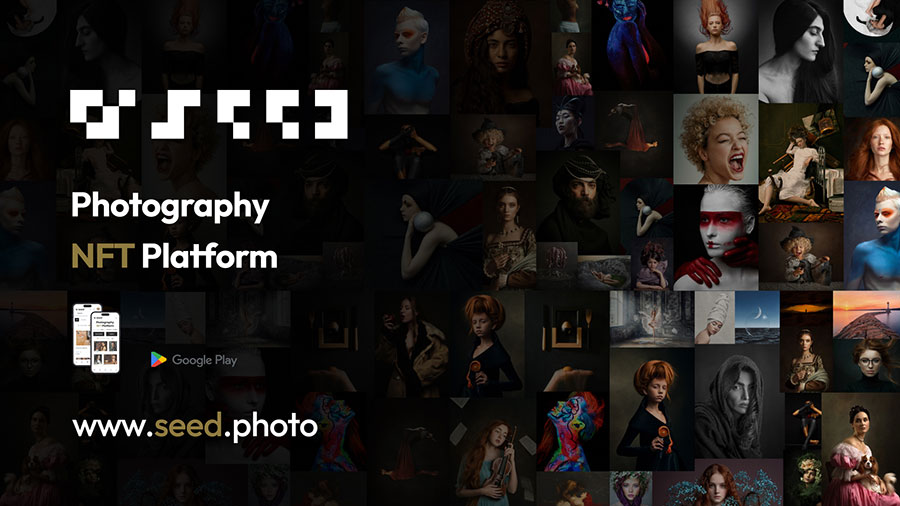Understanding What NFT Collections Are All About
NFTs, or non-fungible tokens, are shaking up the digital art scene big time. But what exactly are NFT collections? Well, think of them as curated sets of digital art pieces created by an artist or a group of artists. These collections are like themed galleries, where each piece has its own unique vibe and rarity, even though they all share a similar artistic style.
For artists, putting together an NFT collection is a cool way to showcase their creativity and tell a story through their art. By grouping their NFTs into collections, artists can give collectors a peek into their creative journey and what inspires them. Plus, it helps artists to stay true to their style while trying out new ideas.

Now, why should collectors care about NFT collections? Simple – owning a piece from a limited collection means you’ve got something rare and special. Each NFT in a collection is unique, so collectors are drawn to the idea of owning something that’s not only visually stunning but also exclusive. It’s like owning a piece of digital history, with its value only going up as the NFT market grows.
Understanding NFT collections is key for both artists and collectors in today’s digital art world. By diving into what makes these curated sets special, everyone involved can make the most of the exciting opportunities that NFTs bring to the table.




